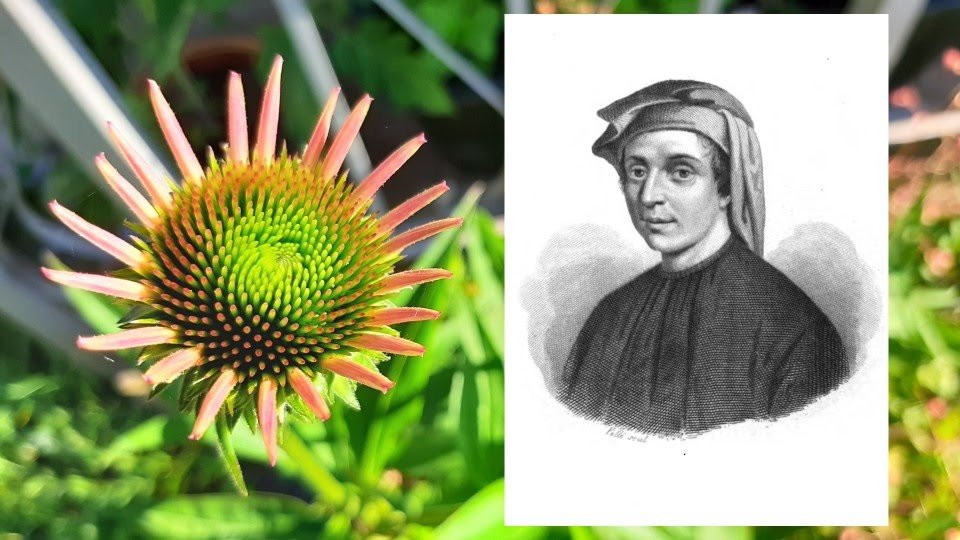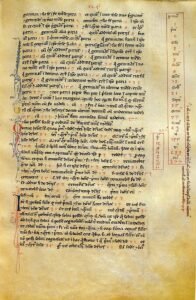(WHTM) — Born in 1170, Leonardo Bonacci, aka Leonardo of Pisa, aka Leonardo Bigollo Pisano (‘Leonardo the Traveller from Pisa’) was one of the greatest European mathematicians of the early middle ages. Not until centuries after his death did he come to be known as Leonardo Fibonacci (Son of Bonacci).
Fibonaci today is remembered for two major advances in mathematics, both found in his book Liber Abaci (The Book of Calculation), published in 1202. Ironically, he created neither of them. Even more ironic, the one for which he is best known may be the less important of the two.
Well, it turns out the Fibonacci series shows up in all sorts of places, from plant seed pods to sea shells to spiral galaxies. The sequence gets applied to many aspects of science, engineering, software design, and even economics.
So why do I say the Fibonacci sequence is his second most important contribution to mathematics? Because this is what Liber Abaci is really about:
0, 1, 2, 3, 4, 5, 6, 7 ,8, 9
It was Leonardo Bonacci who introduced the European world to the Hindu-Arabic number system-the same one we use today.
As a boy, Leonardo lived for a while with his father, a customs official, in Béjaïa, Algeria. There, Arabian tutors introduced the young Leonardo to the Hindu-Arabic numeral system. The boy quickly grasped how much more efficient this method was than the clunky, unwieldy Roman numerals used in Europe. To say he was enthusiastic is an understatement; he would spend much of his life popularizing the Hindu-Arabic system, starting with Liber Abaci.
Not that progress was fast; back then “publishing” a book meant having a scribe meticulously and laboriously transcribing it by hand. (The printing press was a couple of centuries in the future.) Word of the new math spread slowly but spread it did. By the 1400’s the Roman Numeral system was on its way out.
Would Arabic numbers have replaced Roman numerals in Europe, even without Bonacci’s book? Possibly. In fact, probably-it was already spreading through the port cities of the Mediterranean and would have eventually seeped its way up to northern Europe. But by writing his book, Leonardo Bonacci, Fibonacci, Bigollo Pisano jumpstarted (to use a term he wouldn’t understand) a process which otherwise might have dragged on for many more centuries.
And if you’ve ever actually tried to use Roman numerals for anything, then you know we owe Fibonacci our deepest thanks and heartfelt appreciation.
By the way, you have figured out why they picked 11/23 for Fibonacci Day, haven’t you?







